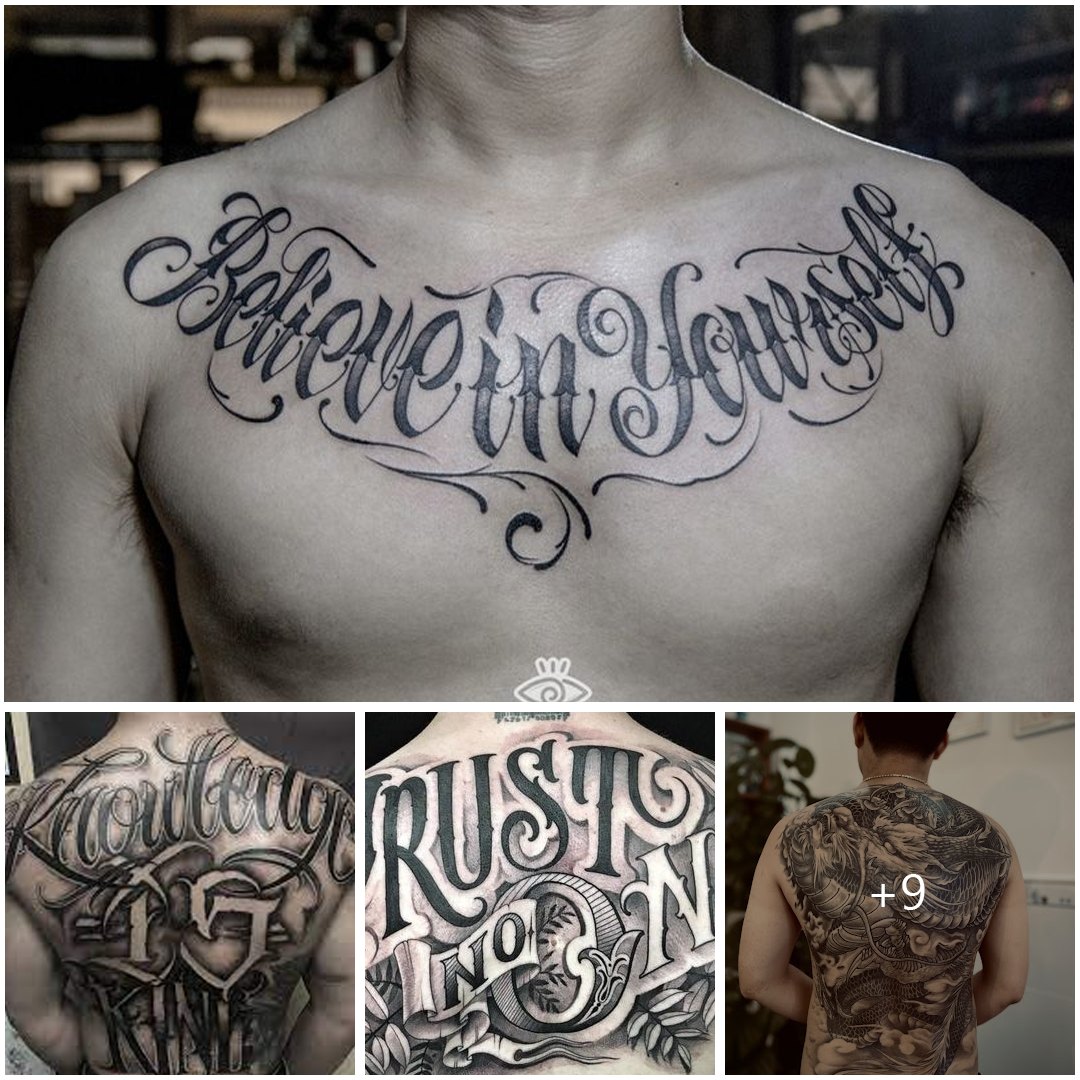
Exploring the Art of Chicano Tattoos
Chicano tattoos are a prominent form of body art deeply rooted in Mexican-American culture. Originating in the Chicano communities of Southern California in the 1940s and 1950s, these tattoos have evolved into a distinct style characterized by bold imagery, intricate details, and powerful symbolism. Let’s delve into the rich history and cultural significance of Chicano tattoos.
History of Chicano Tattoos: Chicano tattoos emerged as a form of self-expression and cultural identity among Mexican-American youth in the barrios of Los Angeles and other urban areas. Influenced by Mexican folklore, religious iconography, and prison art, Chicano tattoos became a way for individuals to celebrate their heritage and assert their identity in the face of social marginalization.
Symbolism and Imagery: Chicano tattoos are known for their symbolic imagery, which often reflects themes of pride, resilience, and cultural heritage. Common motifs include religious symbols like the Virgin Mary and Jesus Christ, as well as iconic figures such as La Calavera Catrina (the elegant skull) and La Virgen de Guadalupe. Other popular designs feature roses, skulls, Aztec warriors, and lowrider cars, each carrying its own symbolic significance.
Techniques and Aesthetics: Chicano tattoos are characterized by their bold lines, vibrant colors, and intricate shading. Artists use a combination of black and gray ink along with vivid hues to create depth and dimension in their designs. The use of fine line work and meticulous detailing adds to the visual impact of Chicano tattoos, making them both striking and visually captivating.
Cultural Influence and Identity: For many individuals within the Chicano community, tattoos serve as a form of cultural expression and a means of reclaiming their identity. Chicano tattoos often symbolize pride in one’s heritage, resilience in the face of adversity, and a sense of belonging to a vibrant and resilient culture. They also serve as a visual reminder of the struggles and triumphs of previous generations, preserving cultural traditions for future generations.
Contemporary Expression: While Chicano tattoos have deep historical roots, they continue to evolve and adapt to contemporary trends and influences. Today, Chicano-inspired artwork can be found in tattoo studios worldwide, with artists blending traditional motifs with modern techniques to create unique and innovative designs. Chicano tattoos remain a powerful form of self-expression and cultural pride for individuals of Mexican-American descent and beyond.

Conclusion: Chicano tattoos are more than just body art; they are a reflection of identity, culture, and history. From their humble origins in the barrios of Southern California to their widespread influence in the world of tattooing, Chicano tattoos continue to serve as a potent symbol of pride, resilience, and cultural heritage for generations to come.





